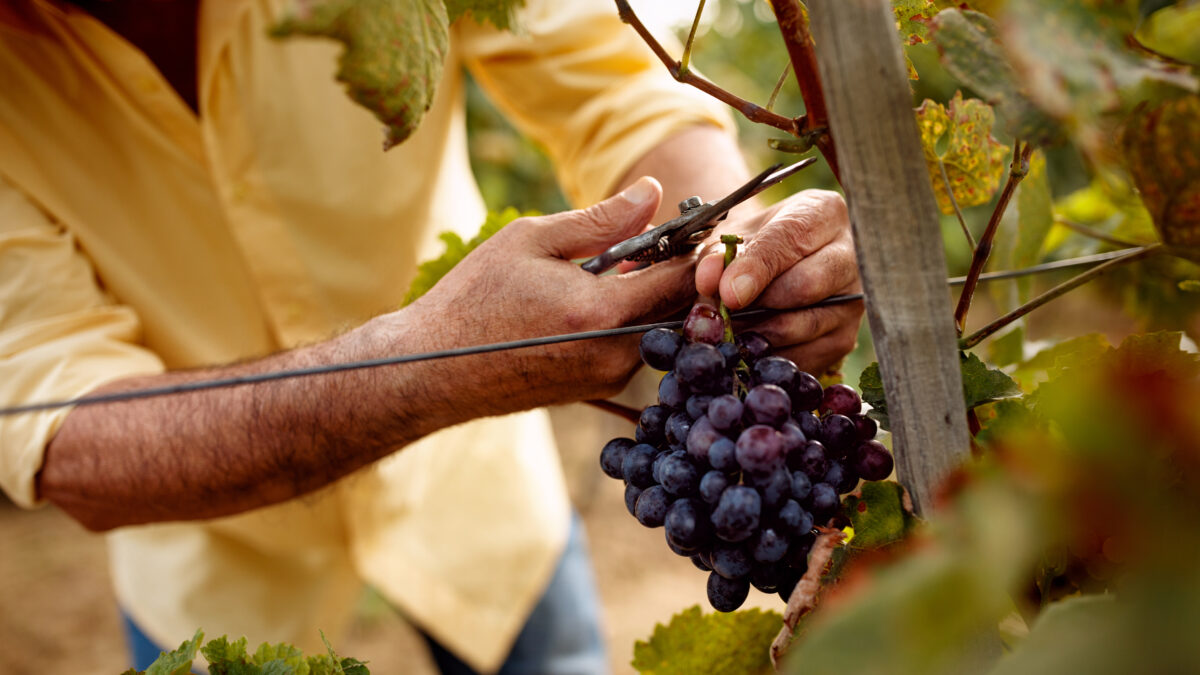Wine-making cooperatives are investing in state-of-the-art wine recording and monitoring technologies, creating a digital map that tracks wines, ensuring the best possible quality, minimising returns, gaining consumer trust and giving added value to their product in the process. The wines are recorded and monitored with the use of Internet of Things (IoT) technologies that employ sensors to document environmental conditions, RFID (radio-frequency identification) to document the movement of wine bottles, and a cloud platform to process and present all the compiled data to both the winery and the end consumer.
Investments in these technologies were driven by the demonstrable need to comprehensively document the conditions in which the cooperatives’ wines are stored and transported, as well as the need to provide comprehensive data to both vendors and end consumers regarding the product.
For the cooperatives, the greatest benefit is quality assurance. Other important benefits include a reduction in returns and increased market value. For end consumers, the primary benefits are assurance that the purchased product is of the best possible quality, transparency through information, and direct communication with the producer.
Smart farming
Some cooperatives have even introduced new technologies in their vineyards, with the goal of helping their members through innovation. More specifically, telemetry stations have been installed in vineyards in an effort to make the most of the benefits smart farming provides, including reductions in production costs and increased productivity. This technology yielded results, reducing natural resource waste as well as energy use, ultimately leading to cost reductions. In addition, the system provided accurate updates regarding the possibility of mildew infection, informing producers in a timely manner and enabling them to protect their vineyards.










